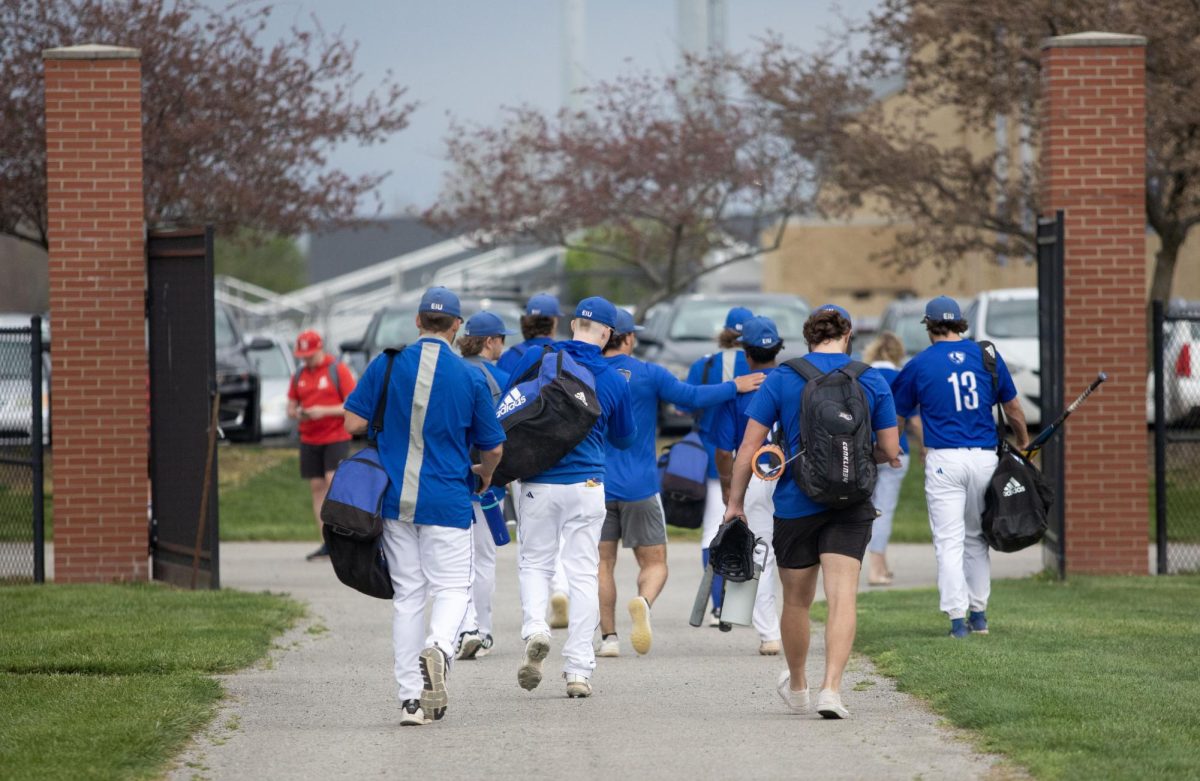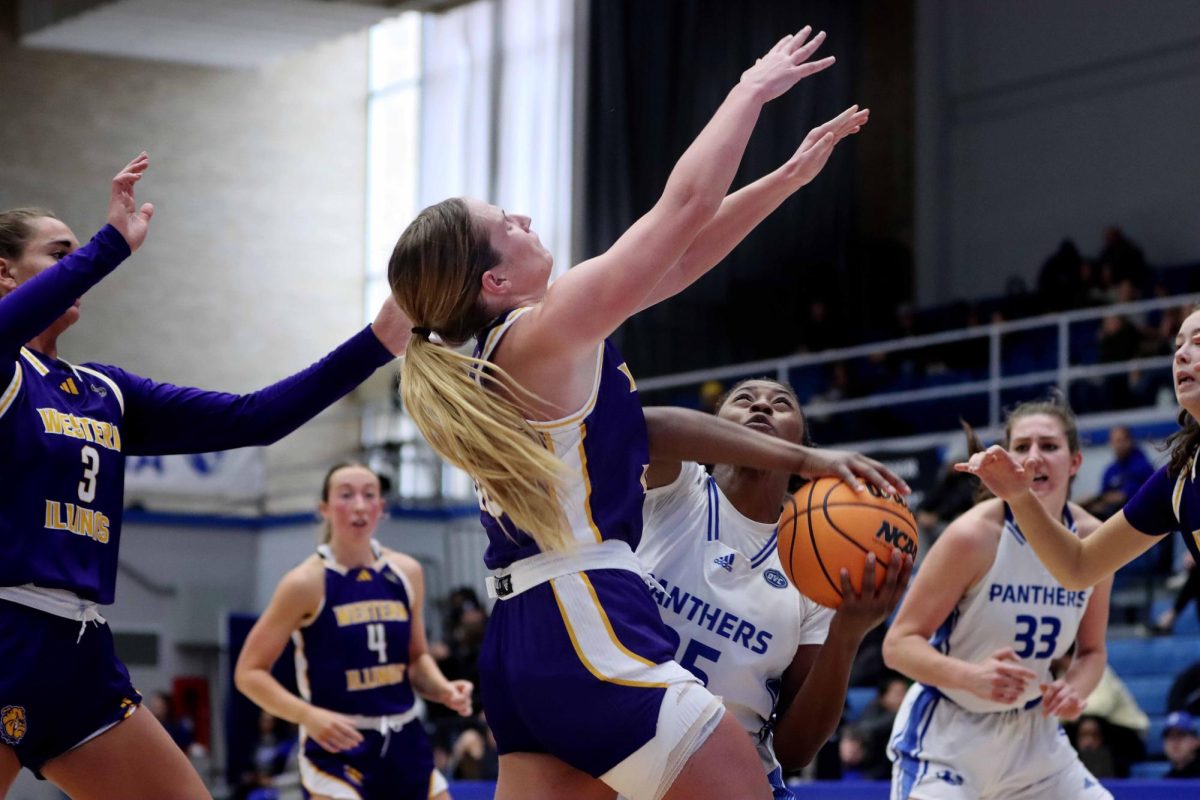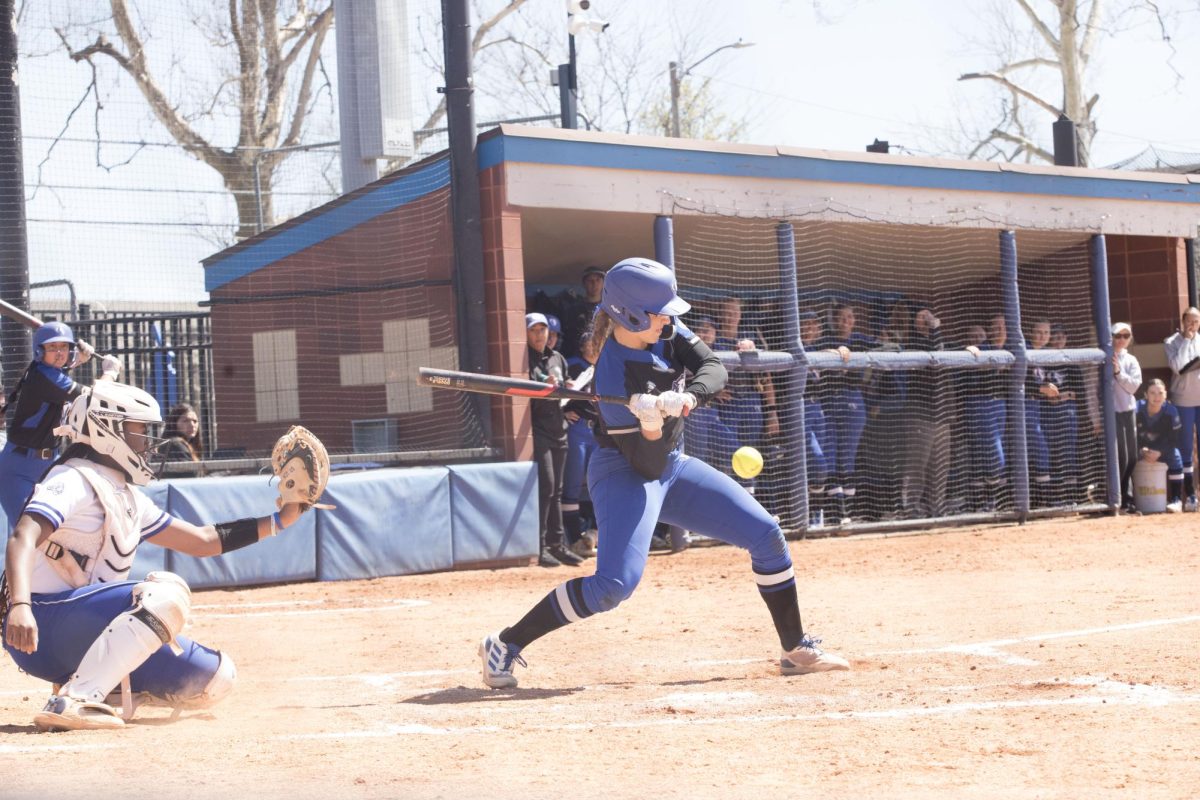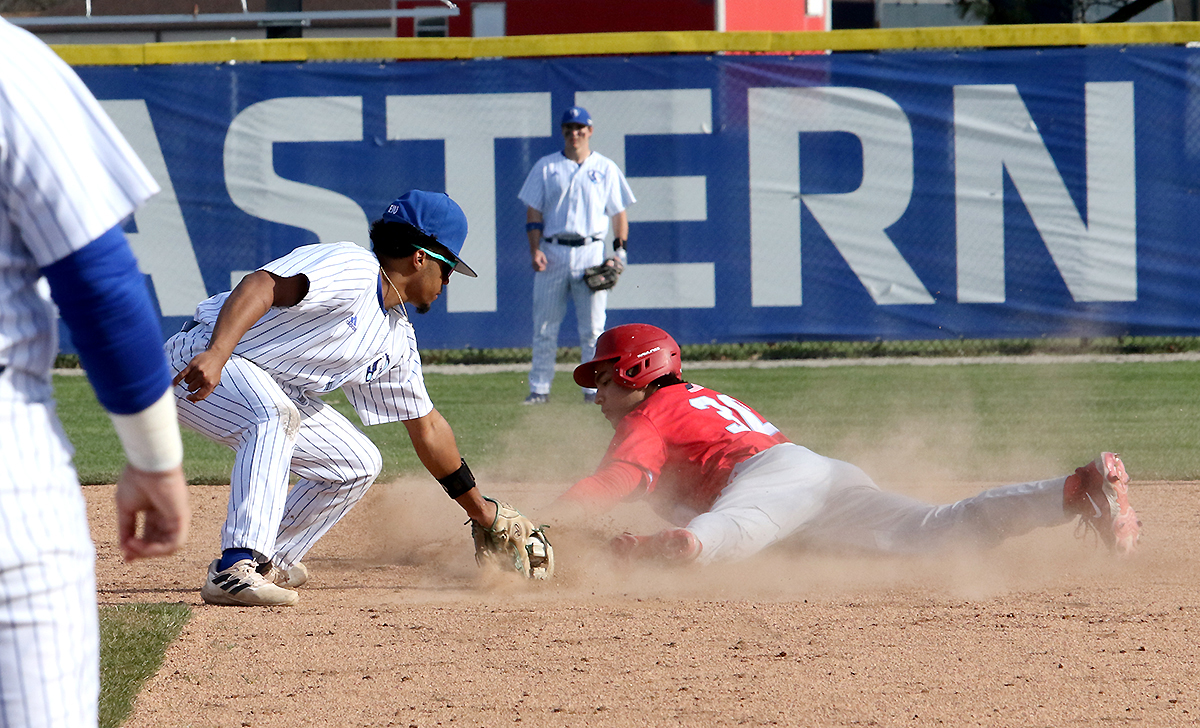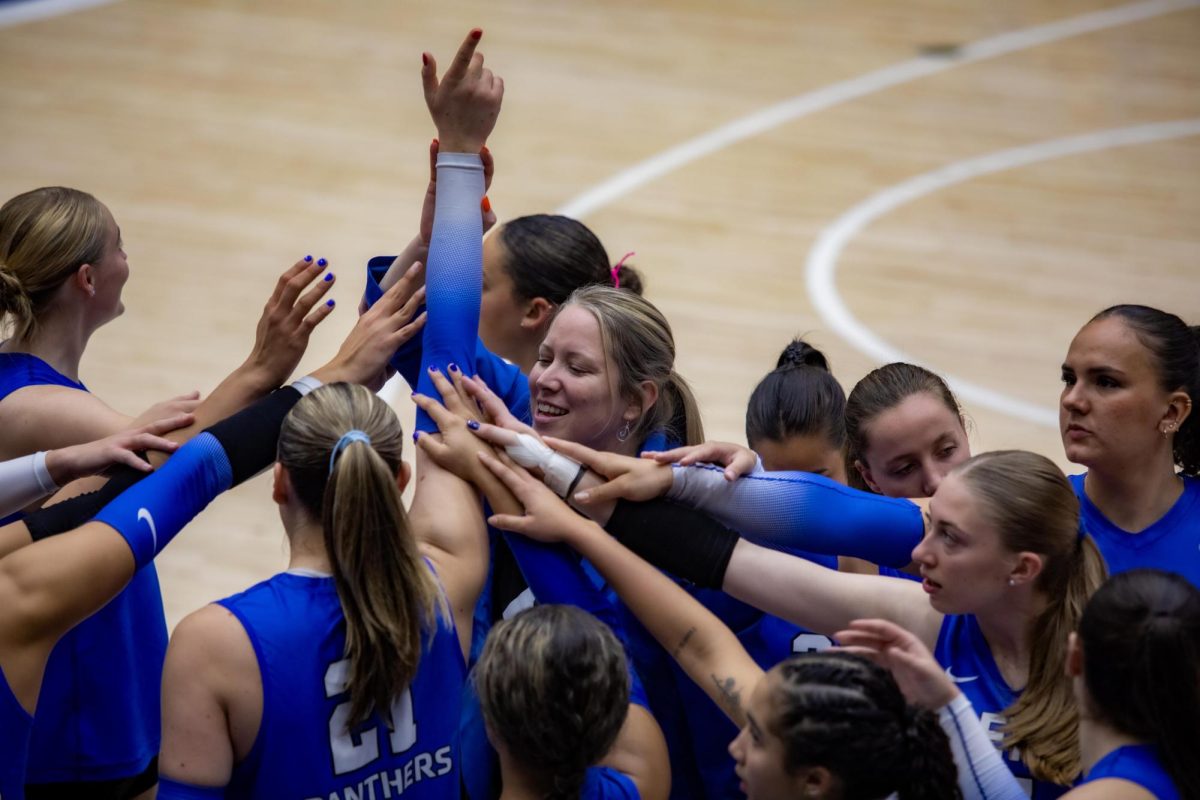Column: A look to the future for athletic department

“I’m just a bill, yes I’m only a bill, and I’m sitting here on Capitol Hill.” We’ve all seen the “Schoolhouse Rock” episode that explains how a bill becomes a law. In fact, many of us base our entire understanding of U.S. politics on that three-minute cartoon.
In many ways, the making of a movie is just as complicated as the journey a bill takes to become a law. Just like a bill can get stuck in committee or make it all the way to the President before being vetoed, a movie can fail anywhere along the line of its production.
Development
Every movie, even blockbusters that go on to make hundreds of millions of dollars, starts out with a single idea. The rights to this “idea,” perhaps in the form of a book or story, may be bought by a movie studio. From here, the idea will go to a screenwriter who will turn it into a script for a feature-length movie. Most ideas will sit for years or even decades in the development stage before they move on to pre-production.
Pre-production
If studio executives like a script, they’ll start pre-production by hiring a producer, director, cast and support staff. They’ll also work out logistical details like the project’s budget and shooting schedule. The movie is then turned over to the producer and director, who will work with artists to develop a storyboard that will govern the shooting process. Pre-production can add another several years to a project, since details like contracts, schedules, technical issues and budgets are not easy to work out.
Production
In an ideal world, pre-production would take care of all potential issues before they pop up during shooting. In reality, production is often filled with unforeseen delays that lead to 15-plus-hour days of filming. Film production involves shooting the scenes of a movie over and over until they meet the director’s expectations. While much of a film’s development involves waiting, production is all about action.
Post-production
Movies don’t really begin to take shape until post-production. This is the time when a film editor whittles down hundreds of hours of imperfect footage to something closer to two hours. Then, digital media, sound and music are added to the movie. Studios usually show this unfinished film to test audiences before tweaking it one last time. Post-production runs into delays when the project goes over budget or a director’s vision for the film doesn’t match the studio’s plan.
Distribution
When a movie is fortunate enough to make it through post-production, the studio will form a strategy for marketing and distributing it. Because most movies make at least twice as much from DVD sales and television licenses as they do from their theatrical release, much of a studio’s distribution strategy revolves around maximizing profit after the initial theater run.
Information in this article was provided by Brooks Institute, a California film school. Contact Brooks Institute today if you’re interested in developing marketable knowledge and career-relevant skills with an industry-current degree program. (Brooks Institute does not guarantee employment or salary.)
Courtesy of ARAcontent
Column: A look to the future for athletic department
After a year’s hiatus of being a news editor, I returned to my first love of being a sports journalist.














